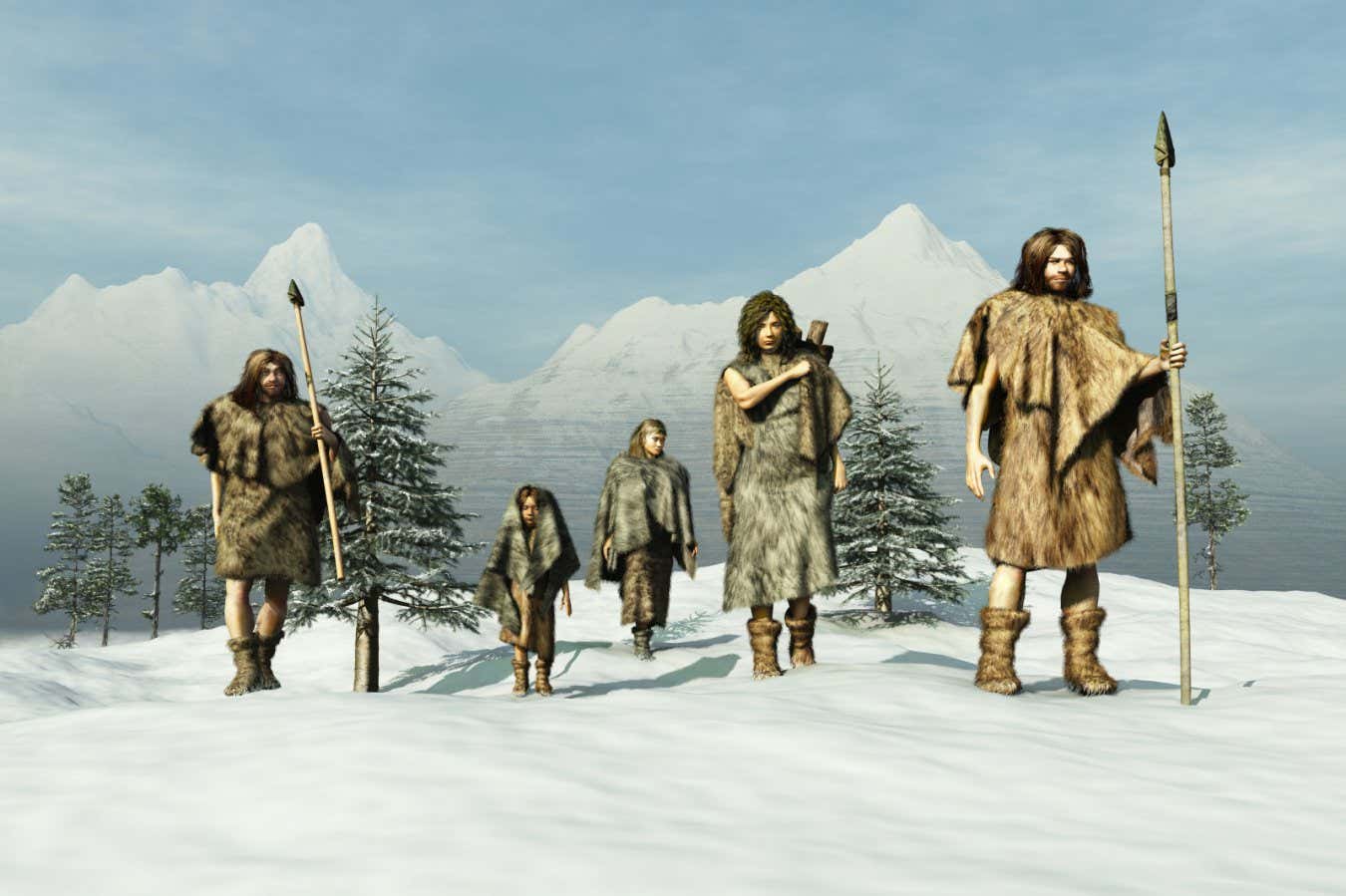Now Reading: Ancient European Camps Reveal Human Survival Strategies in Extreme Cold
-
01
Ancient European Camps Reveal Human Survival Strategies in Extreme Cold
Ancient European Camps Reveal Human Survival Strategies in Extreme Cold

Quick Summary
- Archaeologists have documented evidence of human adaptation during the coldest part of the last glacial period at Kammern-Grubgraben, an open-air site in Austria.
- The site was occupied between 24,000 to 20,000 years ago and showcases a high concentration of tools, ornaments, artifacts, and stone structures from that era.
- Analysis suggests that humans specialized in hunting reindeer for fur to survive harsh winters during this glacial maximum.
- The reindeer fur likely played a crucial role in helping ancient humans endure extreme cold temperatures.
Image Caption: Reindeer fur would have helped ancient humans endure the climate of the last glacial maximum. (Credit: Esteban De Armas/Shutterstock)
Indian Opinion Analysis
The findings at Kammern-Grubgraben add valuable insights into early human resilience against extreme climates through resource specialization. The strategic focus on utilizing reindeer fur reflects humanity’s capacity for innovation under environmental stress. For India-where diverse climatic challenges persist across regions-studying such adaptations could inform better strategies for enduring living amid rising global temperatures. While rooted in prehistoric Europe, this research reinforces worldwide themes of survival applicable to modern challenges globally.

























